The aim of this project is to create a building block with natural materials provided in the vicinity of Valldaura Labs. We decided to evaluate soil from different areas from the surroundings and test them using the Carazas method. The goal was to find soil that is suitable for compressed load-bearing blocks. In parallel, the team was designing a multi-functional block shape to serve multiple building applications (walls, openings, flooring, … etc). These blocks are designed to interlock with one another, avoiding the need for mortar and formwork.
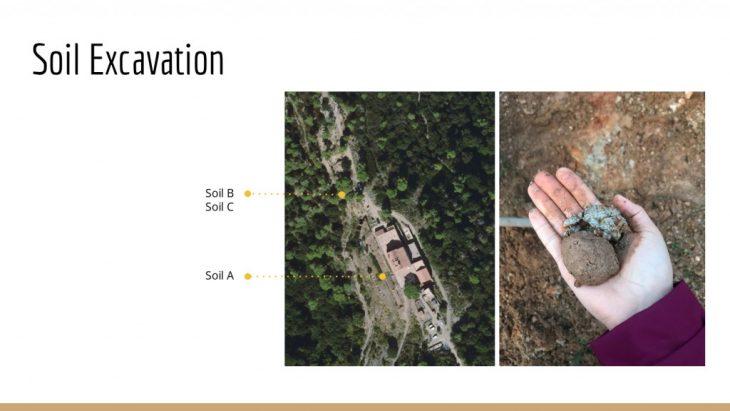
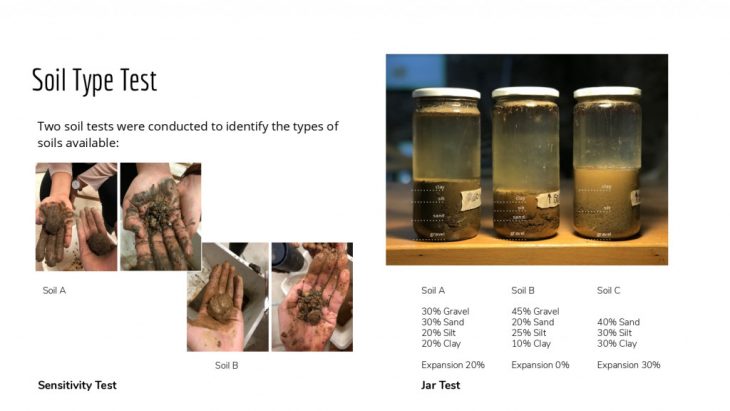
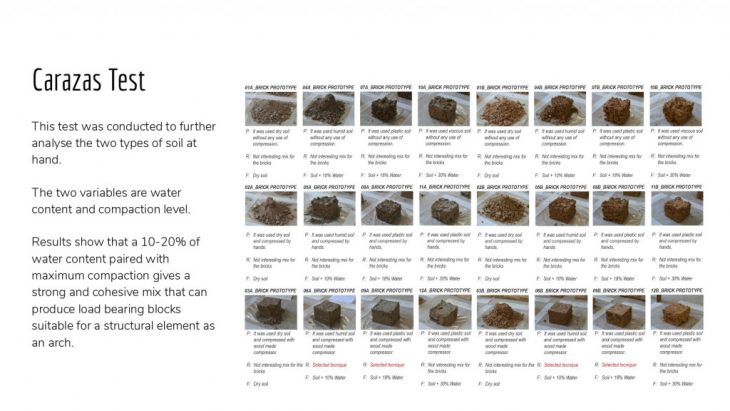
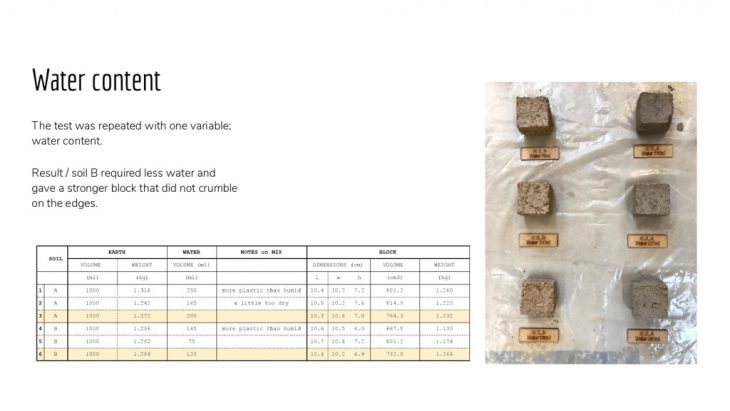
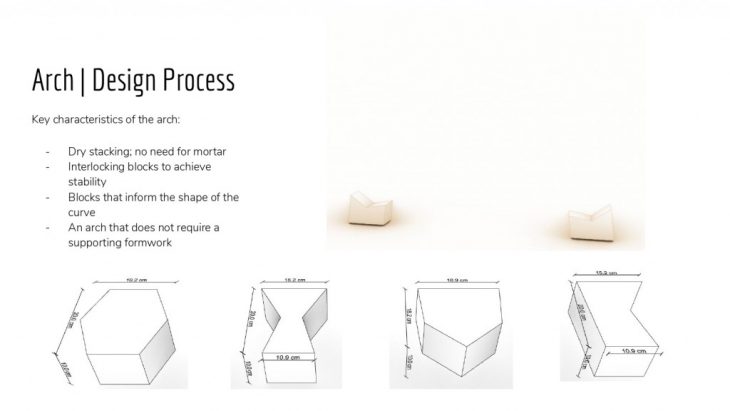

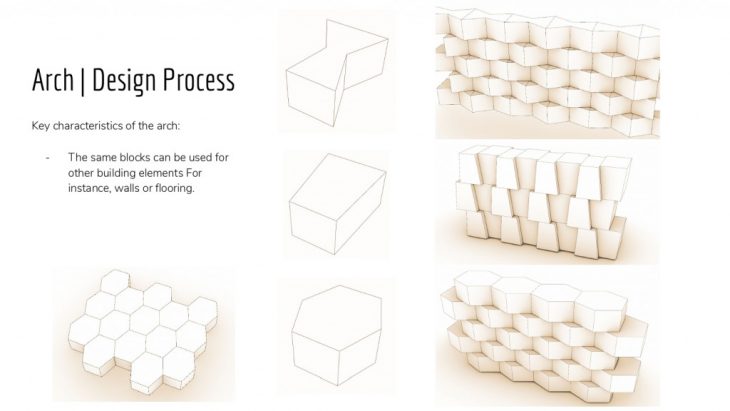
Another consideration that the team took into account was to reduce the materials used for the mold by designing an easily adaptable system. The molds are also constructed from pine wood harvested from the forest surrounding Valldaura. Apart from the steel rods and ties used to hold the mold together, the materials chosen for the blocks and the mold are of a low environmental impact and have a cradle-to-cradle cycle. A future iteration of the mold would be to design clamps using local, low impact materials as well.
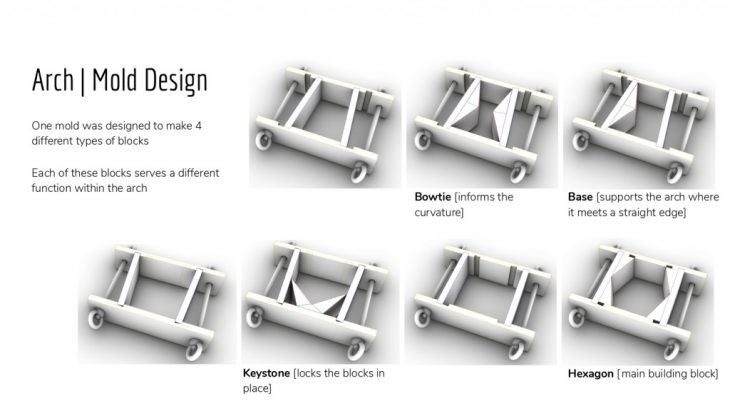
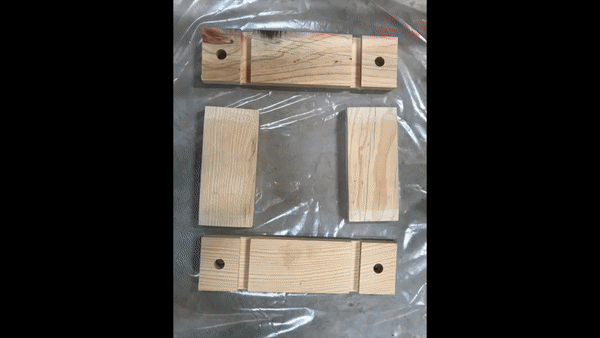
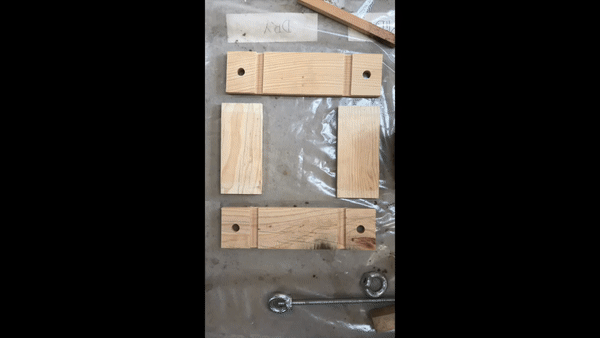
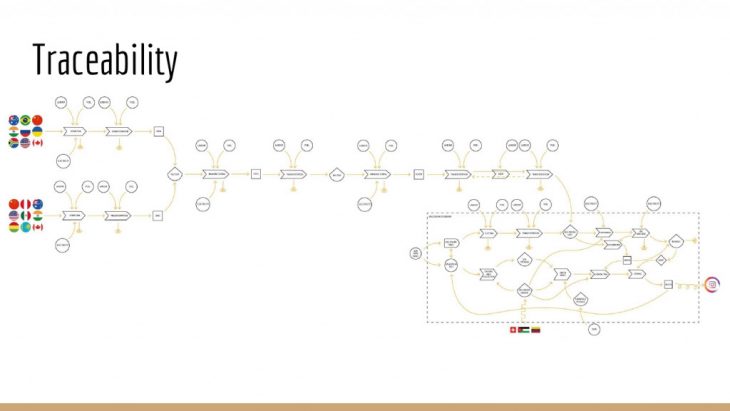
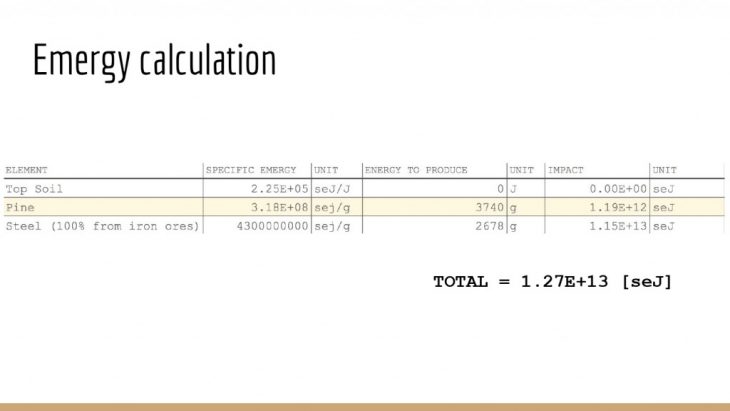
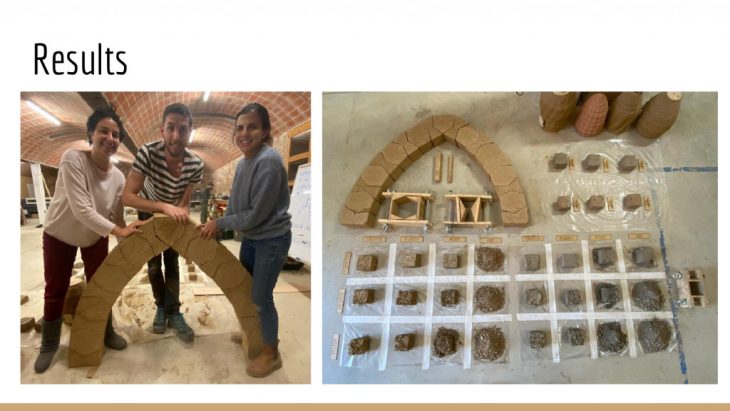
The team also worked on trying to reduce the enormous amount of plastic by-product of Valldaura’s food purchases. The idea was to integrate the result of this prototyping exercise into the future tiny house. However, to work on this the project required funding that was not available at the time.
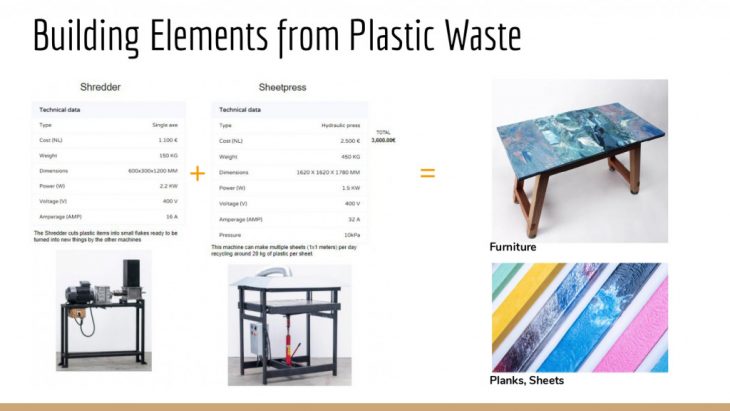
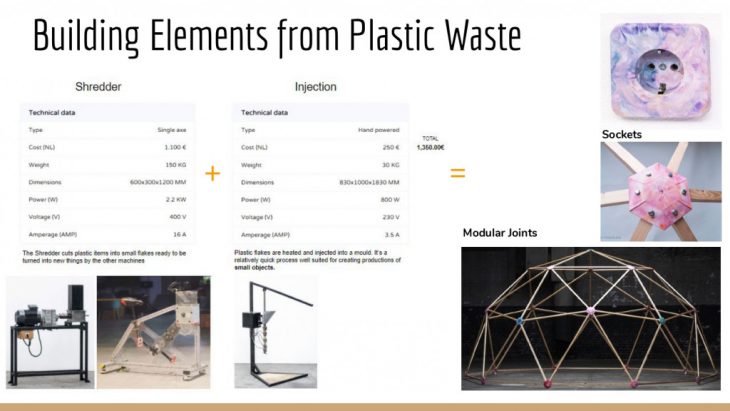
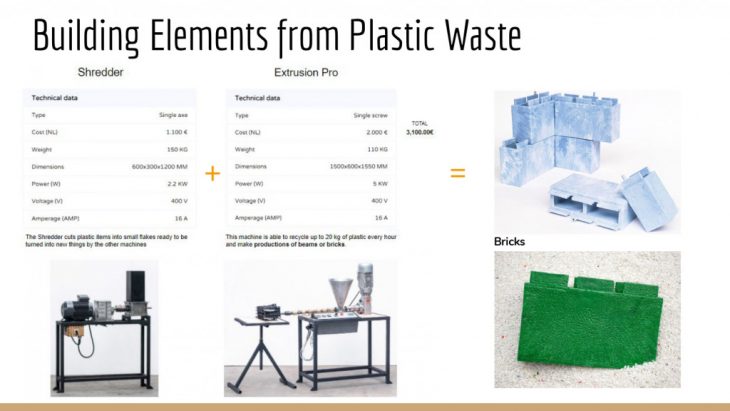
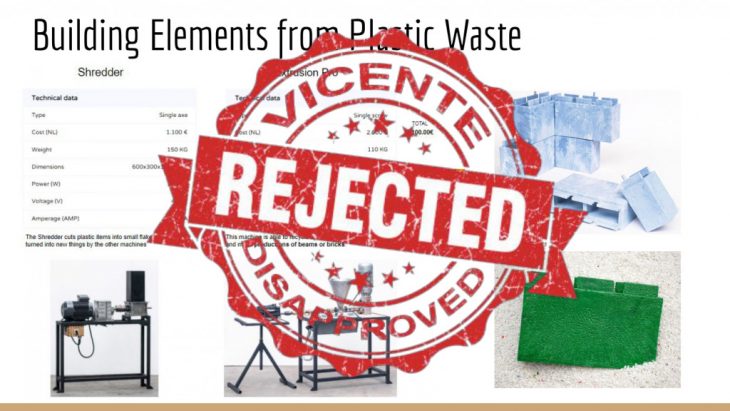
Even though the project wasn’t viable, the students decided to go ahead with the research and find other possible solutions. A report of Valladaura’s use of plastic was produced and several strategies we proposed to the administration. The project is still pending for responses.
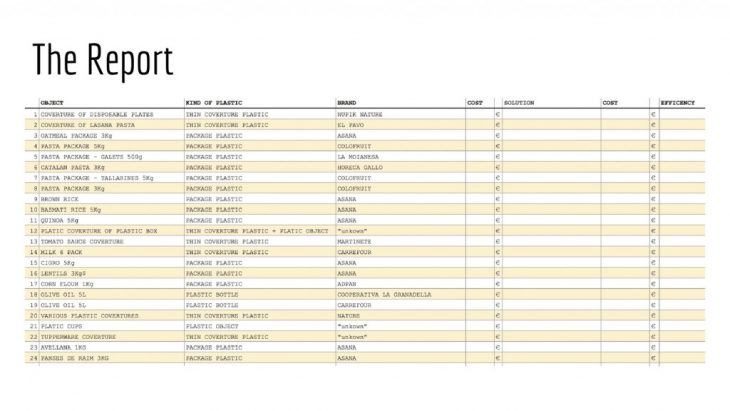
First page of report delivered on 22/02/20
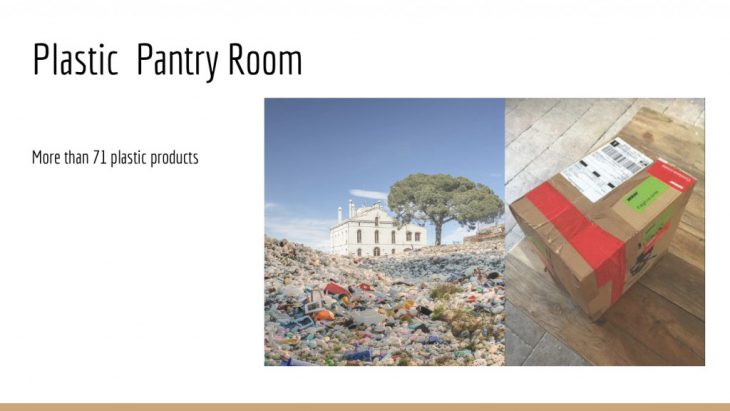
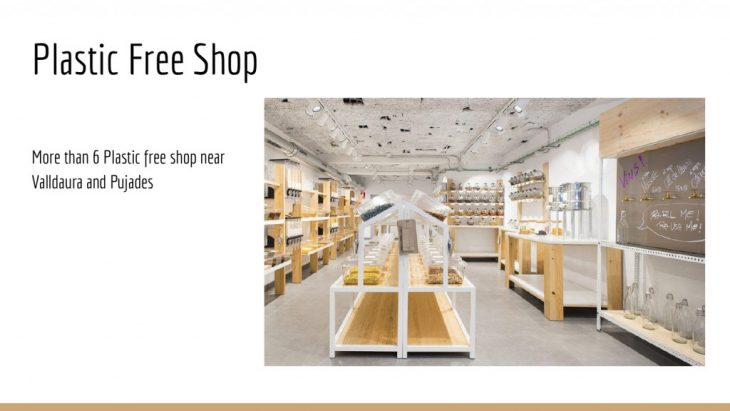
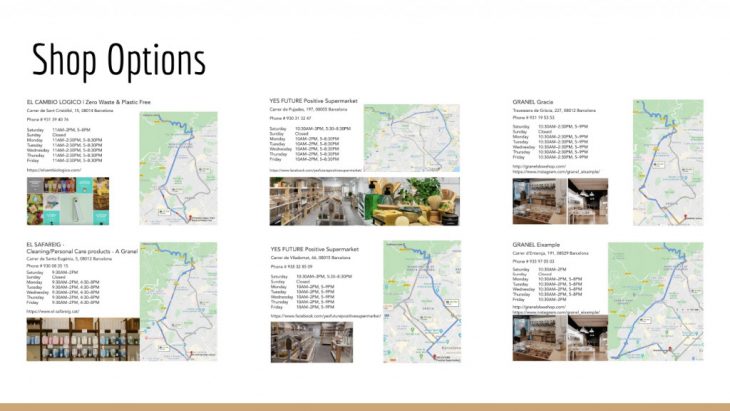
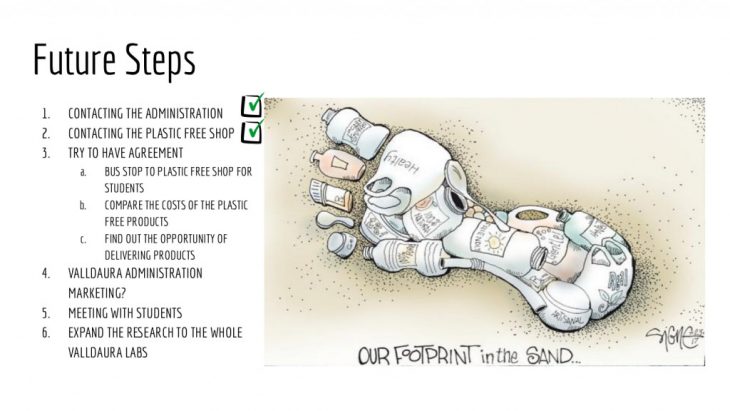
EarthBlock is a project of IAAC, Institute for Advanced Architecture of Catalonia developed in the Masters of Advanced Ecological Buildings and Biocities 2019/20 by Students: Filippo Vegezzi, Nathalie Botbol, and Dania Aburouss, and Faculty: Michael Salka